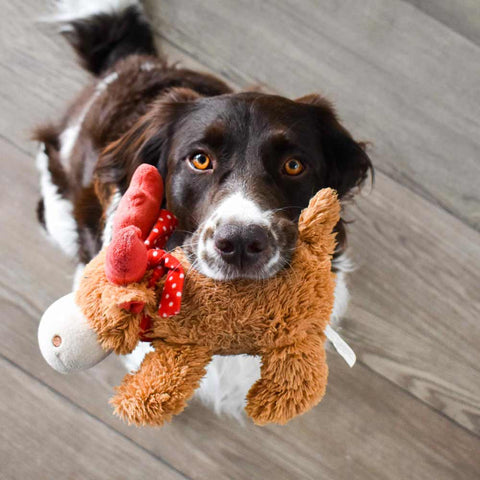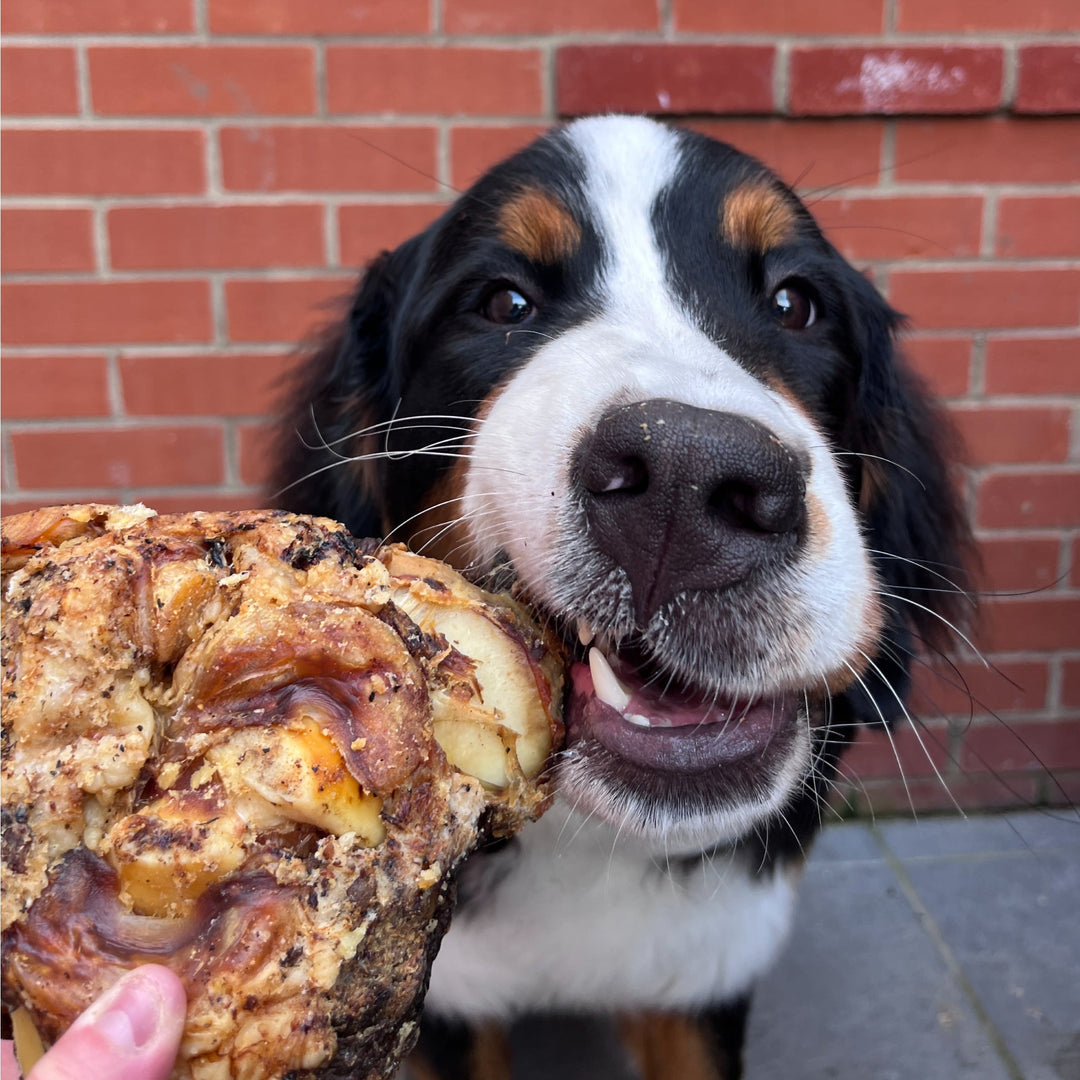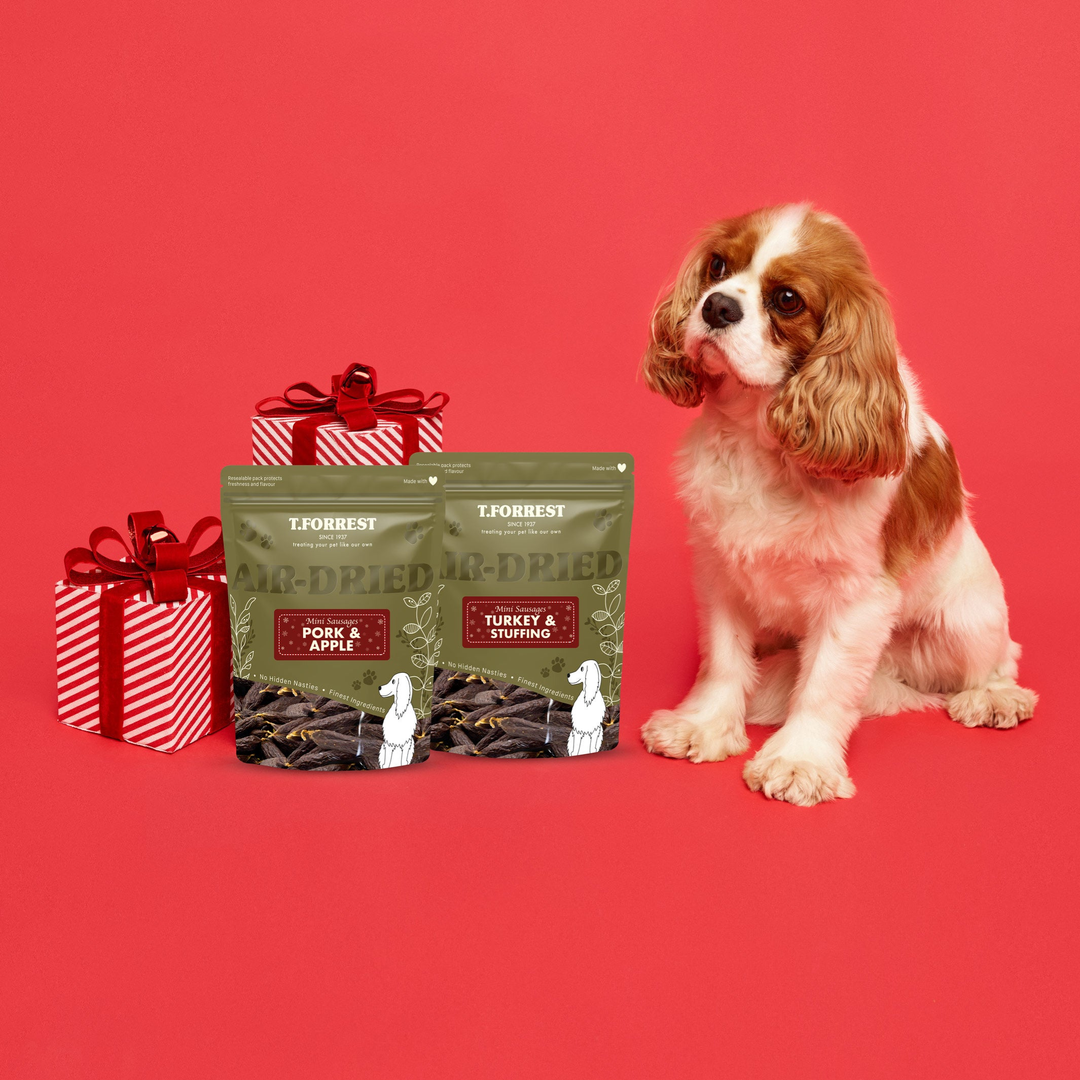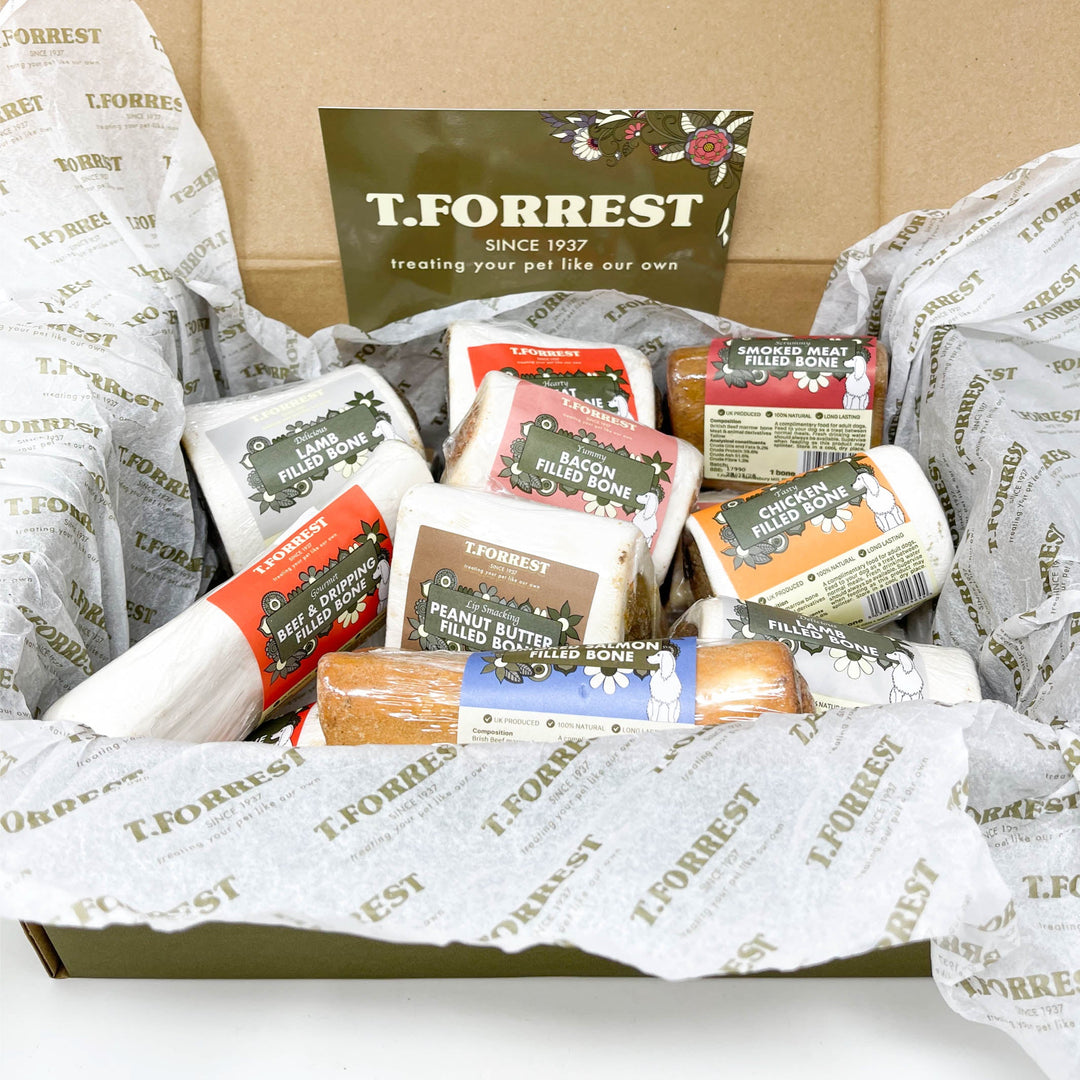How To Help Your Dogs Separation Anxiety
As any pet parent knows, being away from your pooch is never easy. The guilt is real, especially when your dog flashes you that ‘where do you think you’re going without me’ look just as you are about to leave. Trust us, we all know the look!

Separation anxiety can also manifest in newly adopted dogs or dogs who have recently experienced a change in routine.
Leaving your dog at home is difficult, but knowing they are happy, safe and eagerly awaiting your return makes it a bit easier.
To help smooth the transition, we have put together a few tips on how to help your dog cope with separation anxiety.
WHAT IS SEPARATION ANXIETY?
Understanding separation anxiety and how to identify this type of behaviour in your dog is an essential first step to helping your dog.
Separation anxiety is a common condition that typically manifests in dogs that are very dependent on their owners and experience severe stress when left alone.
In many cases, the distress caused by separation anxiety can lead to destructive or problematic behaviours like barking, howling, urinating or defecating inside, chewing or destroying furniture.
It is important that these behaviours are recognised as a sign of separation anxiety and treated as such rather than punishing your dog for bad behaviour. Disciplining an anxious dog will only make the situation worse for both you and your dog.
HOW TO RECOGNISE SEPARATION ANXIETY
One of the first steps of recognising anxiety in your dog is to determine whether your dog is experiencing separation anxiety or a form of simulated separation anxiety.
Simulated separation anxiety is an example of how our reactions impact our dog’s behaviours. This type of anxiety is not true separation anxiety but is rather destructive or disruptive behaviour that is similar to that of dogs experiencing separation anxiety.
Simulated separation anxiety is largely caused when pet parents reward bad behaviour. For example, if your dog cries when you leave and you immediately come back, your dog will learn that each time it cries or whines, you will stay home.
This type of anxiety can manifest in other ways too. For example, if your dog notices that you give them attention, even in the form of discipline, in response to a certain behaviour, your dog will repeat this behaviour.
If you start to notice unusual behaviour, especially when your dog is left alone, it is best to observe your dog for a few days. Make sure to factor in your actions/reactions in response to the behaviour; are you rewarding ‘bad’ behaviour? If so, try to adjust your response and monitor your dog over the next few days to see if there are any changes. 
Once you have ruled out simulated separation anxiety, there are some tell-tale signs to help you identify separation anxiety in your pet:
1. Urinating in the house
2. Chewing and other destructive behaviour
3. Barking, howling or crying
4. Escaping
5. Pacing
6. Preventing you from leaving
Once you have recognised the signs of separation anxiety in your dog, how you respond will be crucial to helping your dog cope with its anxiety.
We have put together a few steps to help both you and your pet cope with their separation anxiety.
Before diagnosing your pet with separation anxiety, we recommend taking your dog to your vet for a check-up to ensure that your pet’s behaviour is not the result of an underlying medical condition.
5 TIPS TO HELP YOUR DOGS SEPARATION ANXIETY
1. NEVER PUNISH YOUR DOG
Disciplining or punishing your dog for any of the behaviours associated with separation anxiety will only make the situation worse for both you and your dog.
It is important to remember that disciplining your dog for something they did while you were away will only confuse them. They won’t remember what they have done and therefore won’t associate that behaviour with the punishment, making it ineffective.
In some cases when you come home to a mess, your dog may appear guilty. This is however merely a sign of submissiveness. Dogs do not feel guilt, but they can understand your body language and predict a punishment.
Punishing or disciplining your dog will not treat its separation anxiety as it does not address the root cause of your dog’s behaviour.
Pro-tip: always keep in mind that dogs respond best to positive reinforcement. Rather than punishing your dog’s bad behaviour, reward your dog’s good behaviour. This way your dog will start to associate good behaviours with positive reactions from you such as treats or affection, which will encourage your dog to repeat this behaviour.
2. DECREASE YOUR DOGS DEPENDENCY
The root cause of your dog’s separation anxiety is their over depended on you. The best way to address your dog’s anxiety is to help decrease this dependency.
This can be done by regularly coming and going without making too much of a fuss. This will help your dog become accustomed to people coming in and leaving their home.
To ease into this, try to practice by confining your dog to a room and entering and exiting the area several times a day
If your dog has learnt to associate you leaving with certain signs like you putting on your shoes or jingling your keys, try to repeat these actions.
At first, the duration of your absence should only be between 2-5 minutes. This can gradually increase as your dog starts calming down while you are away.
The goal of this practice is to help your pet grow accustomed to you leaving and returning without them feeling stressed and acting out.
It is important not to make a big deal of coming or going. As a pet parent, we know that reuniting with your dog at the end of a long day is one of the best feelings in the world. However, exciting your dog too much or fussing too much when you leave or return, can trigger your dog’s separation anxiety.
When returning home, try to ignore your dog for the first few minutes. Then, calmly acknowledge them and continue with your routine as per normal.
Similarly, when leaving, try not to give your dog too much attention, especially if they are exhibiting symptoms of separation anxiety.
In severe cases, have another member of the family feed, walk, and play with your dog for a few weeks.
It may not be easy to ignore your dog, especially when they are desperately trying to seek out your attention. But, in the long run, this will help your dog and will help build a healthy bond between you and your dog.
3. CREATE A SAFE PLACE FOR YOUR DOG
Having a safe place can help soothe an anxious dog. For many dogs, crate training can help to address separation anxiety.
If your dog is new to crate training, encourage your dog to spend time in the crate while you are with them. Feed them in the crate, add their favourite blanket or toy to the crate, and reward them with a treat when they enter the crate willingly.
When you leave, make sure your dog has all its comforts in the crate. This way, when you are gone and your dog starts to feel anxious, they have a safe place to go.
4. CHANGE YOUR ROUTINE SLIGHLTY
If your dog has learnt to identify cues or signs that you are leaving, try to change these. Dogs are excellent at recognising and remembering patterns.
By changing small habits, like packing your bag the night before or leaving your keys in a different room, you can help your dog remain calm.
It is important that you do this in addition to leaving quietly and coming home without a fuss. This will help break any associations your dog may have with you leaving or returning.
5. TREATS AND TOYS ![]()
![]()

In some cases, giving your dog a special treat or toy can help distract them and keep them entertained while you are away. This needs to be done carefully though so as not to mistakenly reward bad behaviour.
This should be a treat or toy that is only given to your pet as you are leaving, and you should take it away when you return.
Our dogs have nothing but unconditional love for us. They view us as part of their pack and naturally love spending time with us.
Understanding your dog’s separation anxiety and reacting with love and patience is key to helping your dog cope with its anxiety.
The process of treating your dog’s separation anxiety can be long and frustrating, but we can guarantee that it will be worth it in the end and will help strengthen the bond between you and your dog.












